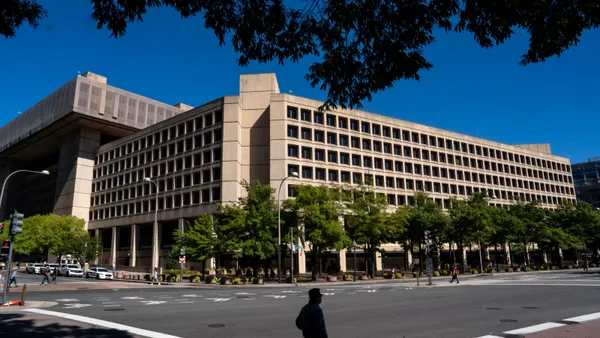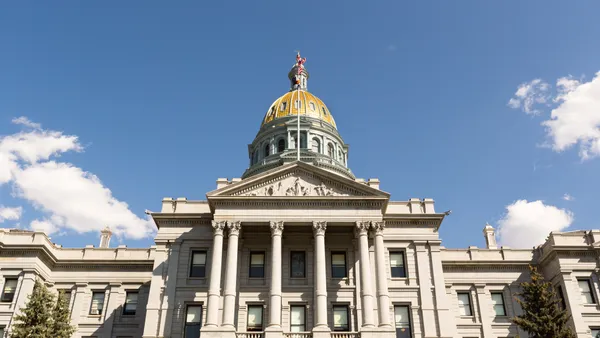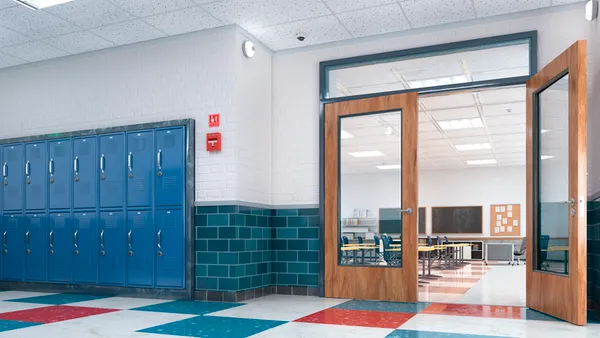Dive Brief:
- Investment tax credit regulations the Internal Revenue Service and the U.S. Department of the Treasury proposed Nov. 17 seek to give private businesses clarity in their efforts to invest in clean energy projects.
- The proposed rules would be the first update to these regulations since 1987, providing further guidance and definitions of what qualifies as energy property eligible for the ITC and administrative rules related to credit amounts.
- These updates also address prevailing wage and apprenticeship requirements enacted by the Inflation Reduction Act in relation to specific ITC scenarios of repair projects and the five-year recapture period, when owners are restricted from selling an energy property or taking it offline.
Dive Insight:
The ITC reduces the federal income tax liability for a percentage of the cost of a solar system that is installed during the tax year, according to the U.S. Department of Energy. The ITC has been viewed as a way for building owners and operators to offset some of the costs of renewable energy projects, with IRA incentives expected to help cut building emissions 52% to 70% from 2005 levels, achieving a median decline of 66% by 2035, according to a report from the U.S. Environmental Protection Agency.
While a focus of these incentives is the Section 179D tax deduction for energy-efficiency commercial buildings, which provides a tax deduction of 50 cents to $1 per square foot based on a building’s energy efficiency improvements, Section 48 also allows a 30% tax credit for solar projects installed in 2022 or later, provided they commence construction before 2033 and adhere to labor requirements specified by the Treasury Department.
The proposed Section 48 regulations more clearly define these labor requirements in accordance with updates in the IRA. The new rules clarify that requirements to engage apprenticeship labor in the construction of energy property end when the ITC property is placed in service and do not apply during the recapture period, according to JD Supra.
The IRS and Treasury Department note that workers engaged in construction, maintenance and repair work on projects during the recapture period still must be paid the prevailing wage; if not, the ITC may be reduced from 30% to the base amount of 6%. Taxpayers that claim the 30% ITC must provide information about the payment of prevailing wages with all tax returns filed during the recapture period, the proposed regulations state.
The proposed rules make it clear that if a property does not store or generate electricity or thermal energy, it does not qualify for the 1-MW exception. Thus, prevailing wage and apprenticeship rules still apply to electrochromic glass, fiber-optic solar energy and microgrid controller projects.
In addition, the proposed regulations update several definitions to align with eligible property under the Internal Revenue Code. For instance, solar process heat equipment that uses solar energy to create steam at high temperature for industrial or commercial use is established as eligible for ITC rebates in the regulation, according to JD Supra.
The IRS and Treasury will accept comments on the proposed regulations until Jan. 22, 2024, with a hearing on the proposed rules scheduled for Feb. 20, 2024 at 10 a.m. ET. Commenters are encouraged to submit public comments electronically on the Federal eRulemaking Portal or by mail to the Internal Revenue Service.














